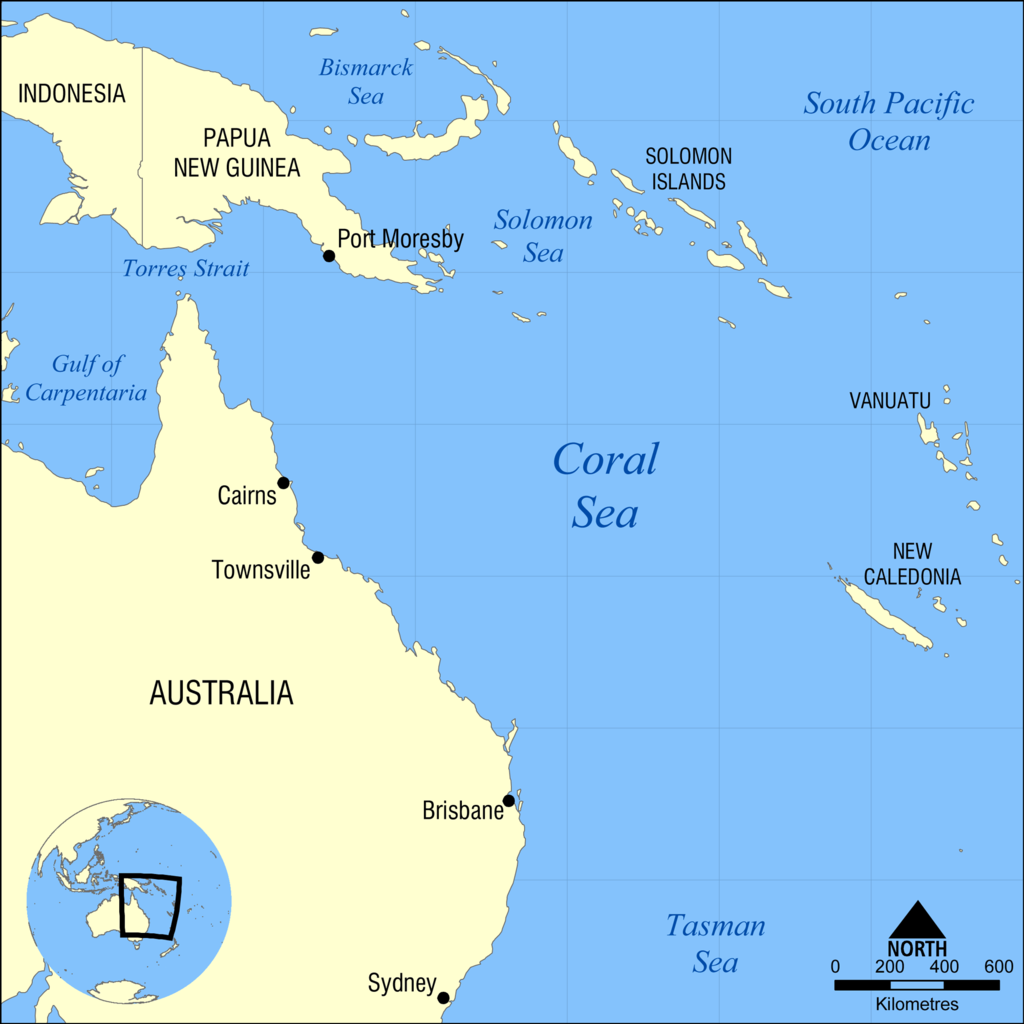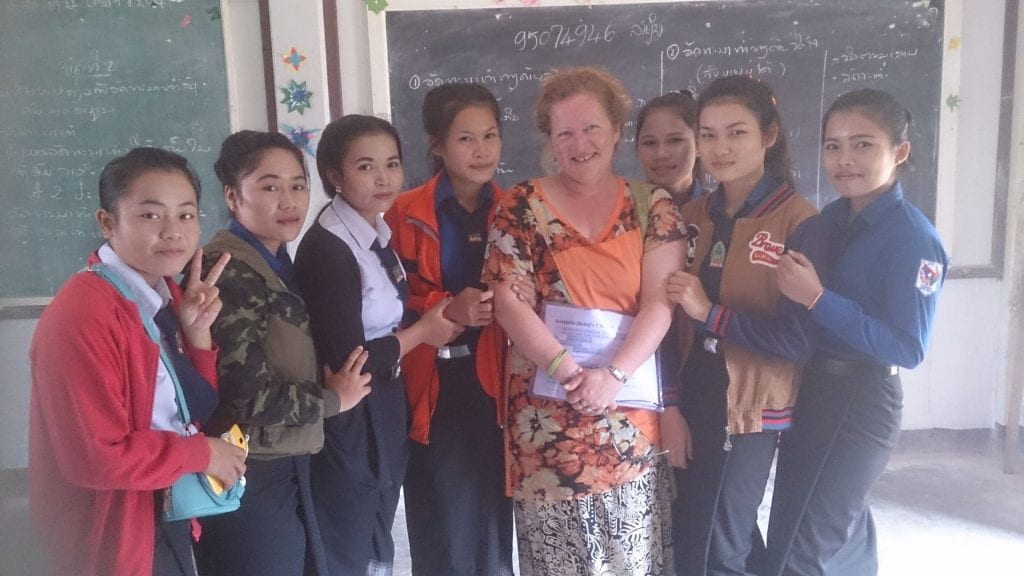Shared Interests: “Community of Inquiry”
Undertaking the subject “Facilitating Online Education” (EDUC99070), one of the key elements was to develop a “Community of Inquiry”. In the first instance, we were a diverse group of staff working across different specialist/discipline areas with the University of Melbourne. We were generally all interested in (further) developing skills to better adapt to the changes due to the impacts of the Covid pandemic that enforced the necessity for online teaching and learning. I was the only one with an Education background, and working with the MGSE (Melbourne Graduate School of Education).
Over the first few weeks, we were introduced to a number of different platforms in which to build and share our own ePortfolios using edublogs.org and to join numerous free platforms/apps easily available through linking up online.
Some of these included:
and a number of other platforms… I found myself lost amongst numerous open tabs on my computer, not quite knowing which ones would be most useful for my needs, logging on through email address (I have a few) Google, Facebook, Outlook, UniMelb … all different passwords and login processes. At one point I noticed I had over 80 tabs open across two web browsers.

And then it was finding the time to ‘play’ (that is, ‘learn how to use’), linking it appropriately with the necessary ongoing teaching work and family/home responsibilities, rediscovering a range of sites I had joined and built up over the previous ten years or so, and to absorb new information with rapid and brief outlines. And then there were the new acronyms: EOR, COI, SOTEL, DBR, AR, VR, MMR … and masses of links to readings that I couldn’t find time for, and when I did, just couldn’t absorb it due to the language, content, terminology, and way(s) they were written.
So back to our Community of Inquiry (COI)…
There are many outlines, descriptions, and examples of this popular framework to be found. (Refer to my previous Post: https://abelspace.edublogs.org/2021/06/01/university-of-melbourne-online-study/ ). This key statement is derived from Dewey’s work (1938) on a community of inquiry – requiring three interdependent elements: a cognitive presence (the learner), a social presence (the learning community) and a teaching presence (the professor).
“An educational community of inquiry is a group of individuals who collaboratively engage in purposeful critical discourse and reflection to construct personal meaning and confirm mutual understanding” http://www.thecommunityofinquiry.org/coi
In my experience, although we had the essential elements of a COI, I found myself feeling further and further disconnected – not so much any missing elements from the above triad, but lacking a sense of common purpose, of active collaboration, actively supporting each other, and personally, of being further out on the periphery, and falling way behind. I don’t believe I was the only one however, but found myself activating the inevitable self-critique – fraudster, can’t keep up, over-stressed, can’t remember all these passwords/login procedures/acronyms … I could no longer even stand to have my camera on during our weekly meets.

Our first ‘assessment task’ was to populate our ePortfolios, most of us choosing to share via ‘edublogs’ platform. I was quite excited about this as I’ve had a WordPress blog for a number of years (https://abelspace.wordpress.com/), I enjoy writing and illustrating, and I am one for constantly questioning what is around me. However, I did not do this for recognition, career advancement, lots of followers or fame, I did it partly to document my journey and thoughts, and partly to use as a ‘reflective journal’, where I could try to make sense of my thoughts and to see how I may have changed over this time. I thought, why not do this in a ‘public space’, I’ve got nothing to lose.
I dutifully set up my new blog (you are here now!) and began to add content, covering a number of topics and venting myself in various ways. To date, this is my 16th post, and I keep having ideas for more. I have had 16 Comments, made by 4 individuals in total.

Part of our task was to make comments on other people’s blogs. I spent some time reading blogs written by my peers, and found them generally interesting, sometimes engaging, but rarely provocative or activating or inviting my further engagement or response. Amy Gray’s blog however, and her comments on my blog, did pique my interest.
We did end up working together and sharing ideas for Assessment tasks 2 & 3: To present an online Draft proposal for the implementation of a blended or fully online unit, and to build an LMS Unit prototype, including revised proposal.
Reflections on our ‘mini’ Community of Inquiry
- Finding and following up a ‘shared interest‘, initially through noticing each other’s oral contributions during our course zoom mtgs, and then interacting (commenting) on each other’s individual blog sites.
- Spurred originally by us both having worked in Lao PDR, with a place and culturally based ongoing interest in the region, the people and its uniqueness, as well as challenges in working across linguistic and cultural borders.
- Amy wrote a very well considered comment in response to one of my blogs about Module 7 ‘Immersive Reality’ (IR) and ‘Virtual Reality’ (VR), in which we both recognised the potential for students’ ‘safe immersion’ into challenging and potentially distressing socio-cultural contexts, particularly in terms of current travel restrictions, and of ‘building empathy’ and developing cultural competencies.
- We were both very impressed by Stephen Aiello’s presentation: Developing culturally responsive practice using mixed reality (XR) simulation in Paramedicine which gives an excellent overview of how this team has tried to utilise XR simulation to fulfil a similar purpose. However, this and most other examples of XR/VR or 360 views, involve places and objects, with an absence of people, which is still an issue I am wanting to explore further.
- Although our disciplines and faculties differ (Health/Education), we were both interested in how these technologies could be useful in helping our students to better understand and learn these skills of “Culturally Responsive Practice” which I teach about explicitly in my course.
- We further discovered that we had both considered ‘giving up the course’, finding EDUC99070 overwhelming and difficult to engage with the content, technical jargon and concepts, readings and perhaps also our ‘peers’.
- So our collaboration and interest in each other’s work and thinking moved onto email contact and then telephone conversations and to shared Microsoft documents, Adobe Spark and Padlet.
- We initially talked about a shared course design or unit within a broader course, focussed on combining our disciplines with a common focus on “Culturally Responsive Practice”, that could be offered to both those working in Education and in Health. We could share our expertise and look for common elements across disciplinary boundaries.
- As it turned out, it was a community made up of very different personalities, the Pragmatist (Amy) and the Esoteric (me). While I worked away at bringing together relevant ‘content’, to be developed through my knowledge area of pedagogy that is second nature to me, Amy suggested we work together on a course she was already responsible for developing, and already made a start on, “Global Child Health – a discovery subject for the Melbourne MD”. This meant we already had a reason for doing it, a general framework, shared interest in learning from and sharing with each other, and the possibility of getting it completed for Assessment!
Final Reflections
I highlighted above, some of the elements that made for a successful team collaboration and output. In hindsight, I’m not sure this is quite what Dewey meant by a Community of Inquiry. But in terms of pedagogy, I was drawn back to the notion of collaboration …
A Community of Inquiry can be described as:
a group of people […] who use discussion to engage in deep thinking, explore big ideas, and grapple with the challenges and possibilities in a puzzling concept, idea or circumstance’
(Museum Victoria n.d.)
This form of community of inquiry was developed by Matthew Lipman 2003) […who] argued that a community of inquiry is characterised by; ‘non adversarial deliberations, shared cognitions, the cultivation of literacy and philosophical imagination and the encouragement of deep reading, and the enjoyment of dialogical texts’ (Lipman 2003). Moreover, Lipman’s account of a community of inquiry includes the following features: inclusiveness, participation, shared cognition, face-to face relationships, the quest for meaning, feelings of social solidarity, deliberation, impartiality, modelling, thinking for oneself, challenging as a procedure, reasonableness, the reading, the questioning and the discussion
https://rrr.edu.au/unit/module-2/topic-4/collaborative-classrooms/
The above quote is related to classroom teaching, but is pedagogically relevant to both what Amy and I did together, and what this course (EDUC99070) set out to achieve.
(Note, I retain the use of the term ‘pedagogy’ – rather than other introduced terms such as ‘andragogy’ or ‘heutagogy’ . I realise this is controversial – see https://elmlearning.com/pedagogy-vs-andragogy/ but I believe that anyone who is well versed in pedagogical theory, is able to modify their approach according to the age/experience of students/learners, but the basic theories are always relevant.)
Effective pedagogy is about relationships. Building relationships, emphasising empathy, recognising and overcoming biases, noticing, listening, facilitating, encouraging, being genuine, being as ‘authentic’ as possible, knowing your subject/knowing your learners, being fair, being just and believing in the importance of what and who we teach for a better future world.
At this concluding point of the course, Amy and I hope to continue collaborating and working on these ideas together. I know that I have developed more knowledge of the technology out there, more confidence in my own grounding in Education theory (particularly Curriculum & Pedagogy) as being relevant to learners at all levels, become far more interested in developing approaches and expertise into better online/dual mode delivery, and developed a far better understanding of how education is being actualised in the University of Melbourne context. I am looking forward to actively pursuing relationships with others with shared interests, to working with my course co-ordinators in developing their online course designs, and ‘finding the time to play’ mentioned at the outset of this post!
References
Akdere, M., Acheson, K., Jiang, Y. (2021)
An examination of the effectiveness of virtual reality technology for intercultural competence development,
International Journal of Intercultural Relations, Volume 82, Pages 109-120, https://doi.org/10.1016/j.ijintrel.2021.03.009.
Batt-Rawden, Samantha A. MBChB; Chisolm, Margaret S. MD; Anton, Blair; Flickinger, Tabor E. MD, MPH Teaching Empathy to Medical Students, Academic Medicine: August 2013 – Volume 88 – Issue 8 – p 1171-1177 doi: 10.1097/ACM.0b013e318299f3e3
Dewey, J. (1938). Logic: The Theory of Inquiry. New York: Hold Rinehart and Winston
Lipman, M 2003, Thinking in Education, Cambridge University Press, New York.





















